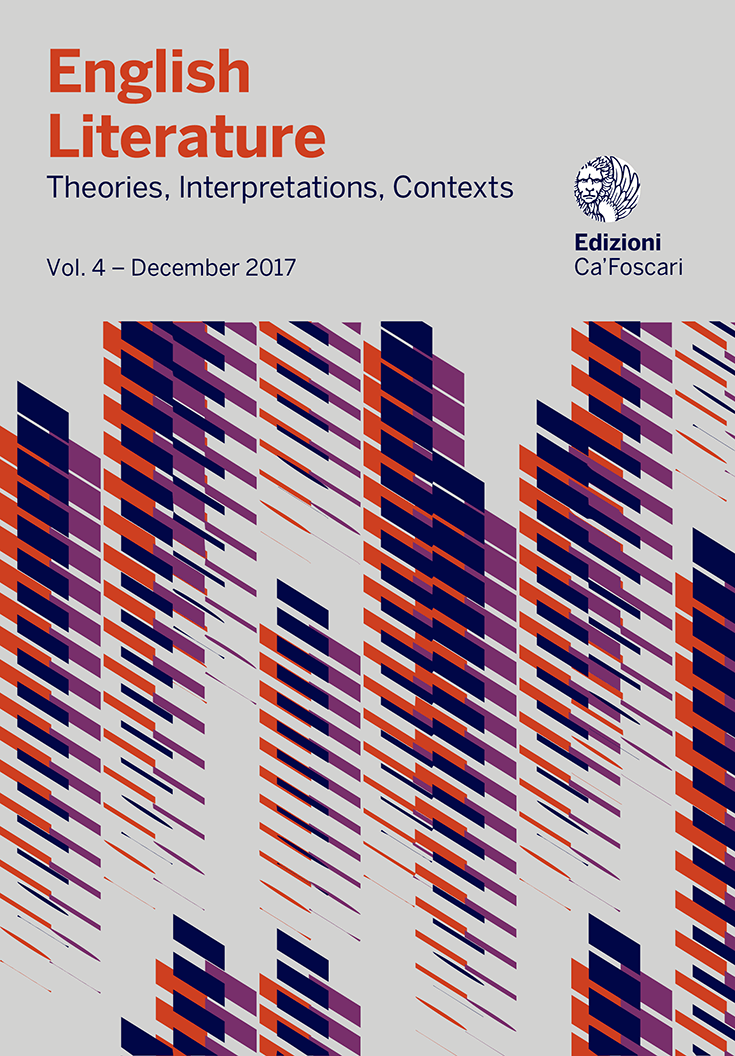
- search 267 views
- file_download 32 download
- keyboard_capslock metadata
-
mark_email_readIscriviti alla newsletter
The Actor, the Mirror, the Soul and the Sylph
Finding the Passions
abstract
The ‘unnatural’ mixed emotions of Chimène, heroine of Pierre Corneille’s Le Cid (1636), almost destroyed the dramatist. The 17th century brought strong new attempts to create a taxonomy of clearly defined and acceptably knowable ‘passions’. Stimulated by Descartes, Charles Le Brun produced his famous graphic representations of individual emotions as physically expressed in the face. Such catalogues of emotions attracted English theorists of acting, such as Aaron Hill whose Art of Acting interested Samuel Richardson. A standard feat of English poets from Dryden to Gray and Collins is to run through the passions, briefly exhibiting the activities and nature of the distinctive emotions. That the passions could be so well noted and imitated produced new problems, rendering representation of the passions doubtful, chicanery lacking in soul, as the acting of Garrick seemed to Diderot. New interest in mixed emotions and more fluid affections turned against the single passion and the encyclopedic list. Literary works moved towards a more dynamic and changeable account of emotional states and possibilities. Innovative large mirrors brought the self more literally to the eye, stimulating reflection on variability; we glimpse the possibility of future emotions and affective states not yet known. Mixed emotions and half shades become more engrossing than grand passions. Pope’s Sylphs, rooted in Paracelsian fiction, proffer new versions of both self and emotions, or emotional states. The mirror becomes not a diagnostic instrument detecting moral defect, but, as in Richardson’s novels, an opening to a possible future self.
Keywords: Acting • Passions • Representation of the soul • Eighteenth-century poetry • Seventeenth-century theatre



